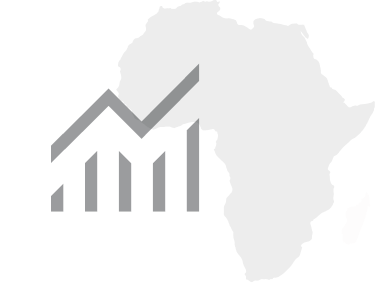Local and non-state actors: a growing role in public service delivery – Spotlight 3
05 September, 2018
The opinions expressed in this article are solely those of the author, and do not necessarily reflect the opinions or views of the Mo Ibrahim Foundation.
[su_highlight]As part of the Foundation’s work on public service in Africa, we are publishing a series of three spotlights on the increasing role of actors other than central governments in the delivery of public services across the continent.[/su_highlight]
Spotlight 3 – Non-Public Actors:
Donors, civil society and the private sector: crowding out public services?
Partly to answer an exponential demand, partly to substitute failing public supply, a growing range of non-state actors have become key providers of public goods and services in Africa.
Foreign bilateral and multilateral donors have for a long time played a key role in delivering security, health and education – to an extent that may have at times prevented national governments from sufficiently owning these key public policies. Private sector actors, as well as a complex galaxy of Non-Governmental Organisations (NGOs), are equally extending their involvement in these sectors, sometimes themselves also crowding out national public services.
In security
International donors remain engaged to provide support for trans-national security. A recent example being the pledge of $509 million from international donors in February 2018 to support the fight against terrorism and organised crime in the African Sahel region.
African countries have witnessed an exponential growth of private security providers, for instance the British company G4S – the largest private security firm worldwide – is Africa’s largest private sector employer. Vigilante groups play a growing role in local, remote, unstable areas where public security forces are mostly absent. While these can be effective in providing local security, if not correctly managed by governments they may act as local militias pursuing narrow ethnic or criminal agendas and often prove hard to demobilise.
In health
In 2016 one fifth of total Official Development Assistance (ODA) to Africa went to the health sector, and nearly half of the health ODA (48.3%) was allocated to population policies including HIV/AIDS control. Ten countries absorbed 59.4% of the total ODA allocated to health in Africa in 2016. For four of these, health ODA represents more than 40.0% of the total ODA they received: South Africa (43.5%), Zambia (43.1%), Uganda (41.1%) and Nigeria (40.3%).
Civil society has a strong presence in health provision across the continent, from small scale NGOs to larger actors such as the Gates Foundation which has recently committed to invest $5.0 billion between 2017 and 2022 in Africa in support of health and anti-poverty initiatives. In the health sector, which is one of its key focusses, the Gates Foundation works in ten countries: Burkina Faso, Democratic Republic of Congo, Ethiopia, Ghana, Kenya, Nigeria, Senegal, South Africa, Tanzania, and Zambia, and mainly in the fight against infectious diseases, malaria, HIV and tuberculosis.
The private health sector in Africa is a growing business opportunity, as lifestyles progressively change on the continent and non-communicable diseases such as diabetes, cardio-vascular pathologies and cancer are spreading. Those who can afford it often travel to places such as India, Turkey, Gulf countries and Europe to access better healthcare. Private investment is gradually filling the gap of physical healthcare assets in the continent, including hospitals and clinics. It is estimated that around $25-35 billion would be needed in investment in the period 2012-2022. The question is whether this will benefit all African citizens equally.
In education
Donor support to education was less than 7% of total ODA in 2016 and the highest proportion was allocated to post-secondary education (31.1%). Ten countries absorbed almost half (48.9%) of the total ODA allocated to education in Africa in 2016. Of these countries, Algeria has the largest proportion of education over total ODA (49.4%), and Egypt the lowest (4.6%).
Gaps in the quality of and access to public education in Africa have been plugged by private entities, from local faith-based and community schools in remote villages to international groups offering education in big cities. The role of private education throughout the continent has grown, due to demographic shifts, rapid urbanisation, the increased use of technology, and the emergence of a middle class. This also poses a risk of rising inequalities. One in four young African students – 66 million people – are projected to be enrolled in a private school by 2021, a potential investment estimated between $16-18 billion.
Private health and education provision: second highest globally
The sub-Saharan African average in 2014 for private health expenditure is 57.4% of the total, second globally after South Asia (68.8%). Private expenditure level is even higher than 70.0% in eight countries: Sierra Leone (83.0%), Guinea-Bissau (79.5%), Sudan (78.6%), Mali (77.1%), Cameroon (77.1%), Uganda (75.1%), Nigeria (74.9%) and Côte d’Ivoire (70.6%).
The sub-Saharan African average of primary education pupils enrolled in private institutions in 2014 was 11.4%, a higher level than in any other region but Latin America & the Caribbean (19.3%). Zimbabwe and Equatorial Guinea display a primary private enrolment level higher than 50.0% (88.8% and 58.7%, respectively). Eight African countries have less than 2.0% of primary education pupils enrolled in private institutions: Lesotho, Burundi, Mozambique, Swaziland, Malawi, Algeria, Cabo Verde and São Tomé and Príncipe.



